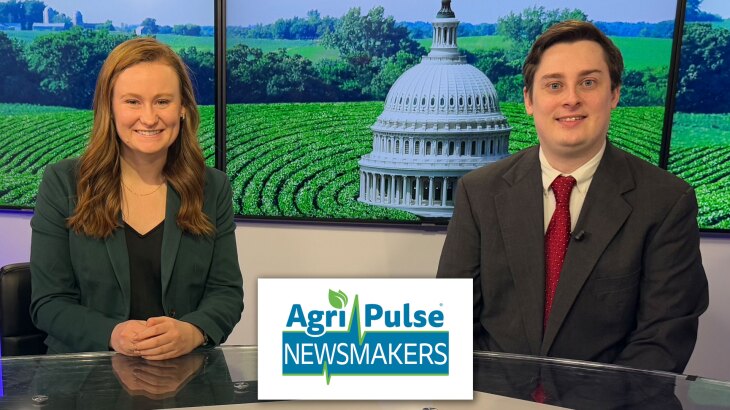The United States remains the world’s largest producer in 2023 and is now the second-largest consumer of beef in the world. The beef industry involves thousands of American farmers, ranchers, and processors who help keep our economy strong & food on our tables.
RFD-TV News covers the U.S. cattle industry every single day, but we take an even closer look at the industry throughout the month of May. Watch our National Beef Month coverage, weekdays on Market Day Report & Rural Evening News.
The American beef industry raised approximately 28.4 billion pounds of beef in 2022, accounting for just under 22% of the world’s total beef production. According to the USDA, tightening cattle supplies are expected to cause a significant year-over-year decrease (around 6%) in domestic beef production — the first decline since 2015.
With production down slightly, consumer prices are expected to rise, which may provide some relief to the industry, which has also suffered windfalls in the last three years due to ongoing drought conditions and inflating costs of production.
Beef is an important source of nutrients that are vital for supporting good health, such as protein, Vitamin B12, zinc, iron, phosphorus, and selenium. And it’s not just about hamburgers and steak: foods containing gelatin (including ice cream and marshmallows), chewing gum, medicines, and soaps are among the many derivative products that rely upon the beef industry.

































